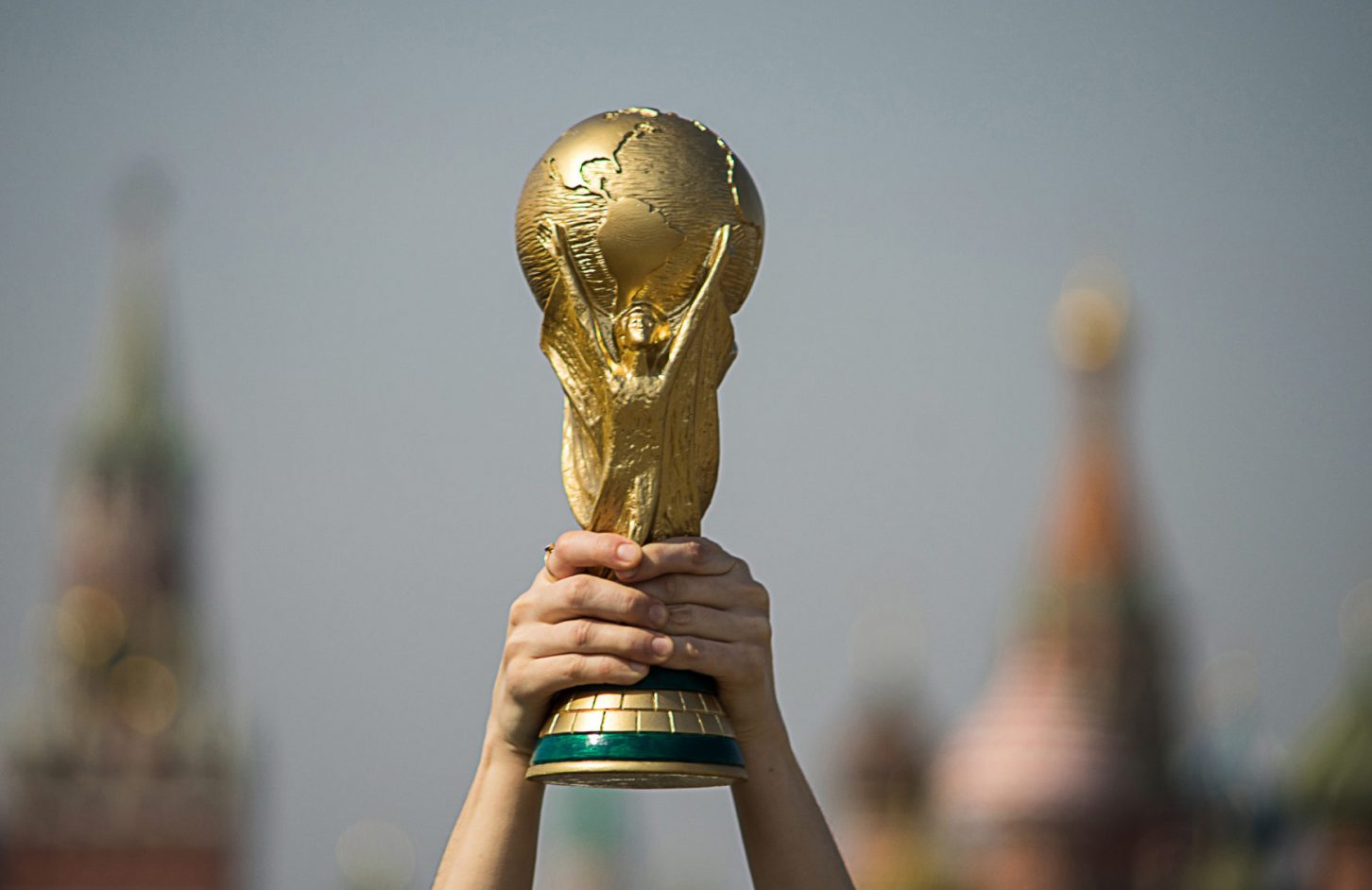EY’s Technology, Media & Entertainment and Telecoms (TMT) Partner, Ioannis Melas, reflects on the findings from EY TMT’s recent FIFA World Cup survey. The survey of 2,000 UK consumers identifies distinct viewing habits, attitudes and preferences towards watching the 2018 FIFA World Cup.
The 2018 FIFA World Cup is set to grip the nation and will see millions of supporters opt to join friends, family and the general public for a shared viewing experience. With three in five (59%) of UK consumers switching on to watch at least some of the tournament, is the TMT sector ready for the changing landscape of media consumption and the modern take the FIFA World Cup is having on traditional viewing?
TV rules the roost
Advances in technology, virtual reality and enhanced viewing experiences are a hot topic in media and entertainment. Organisations are going head to head to provide consumers with the most unique and innovative viewing experience, but, is technology the solution when it comes to the FIFA World Cup? ...

